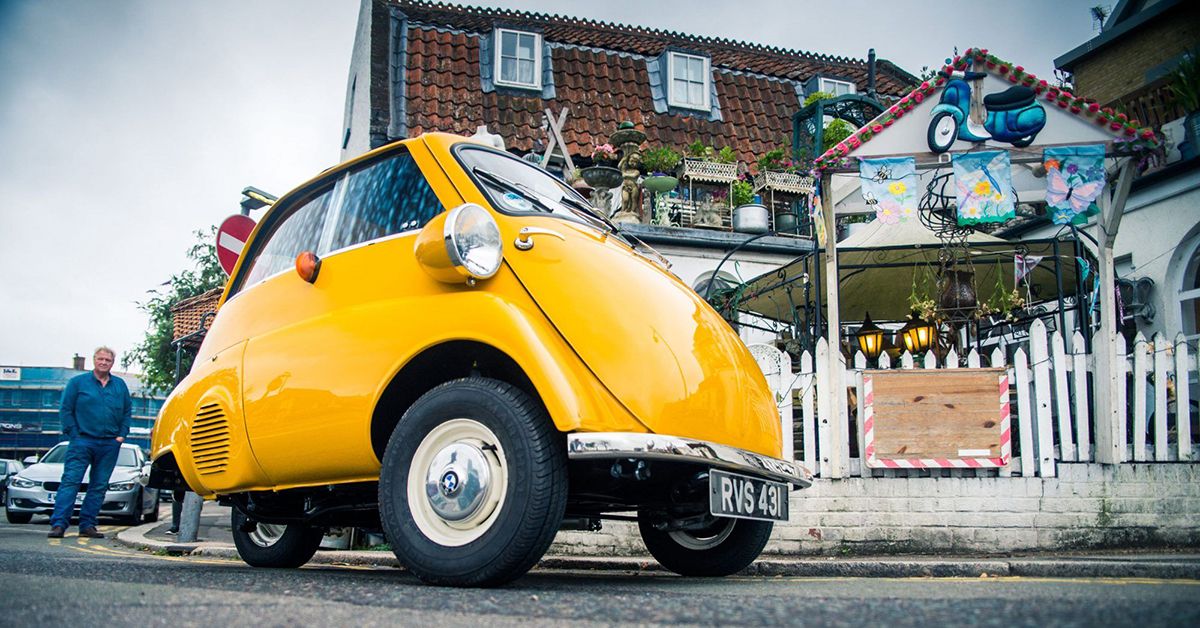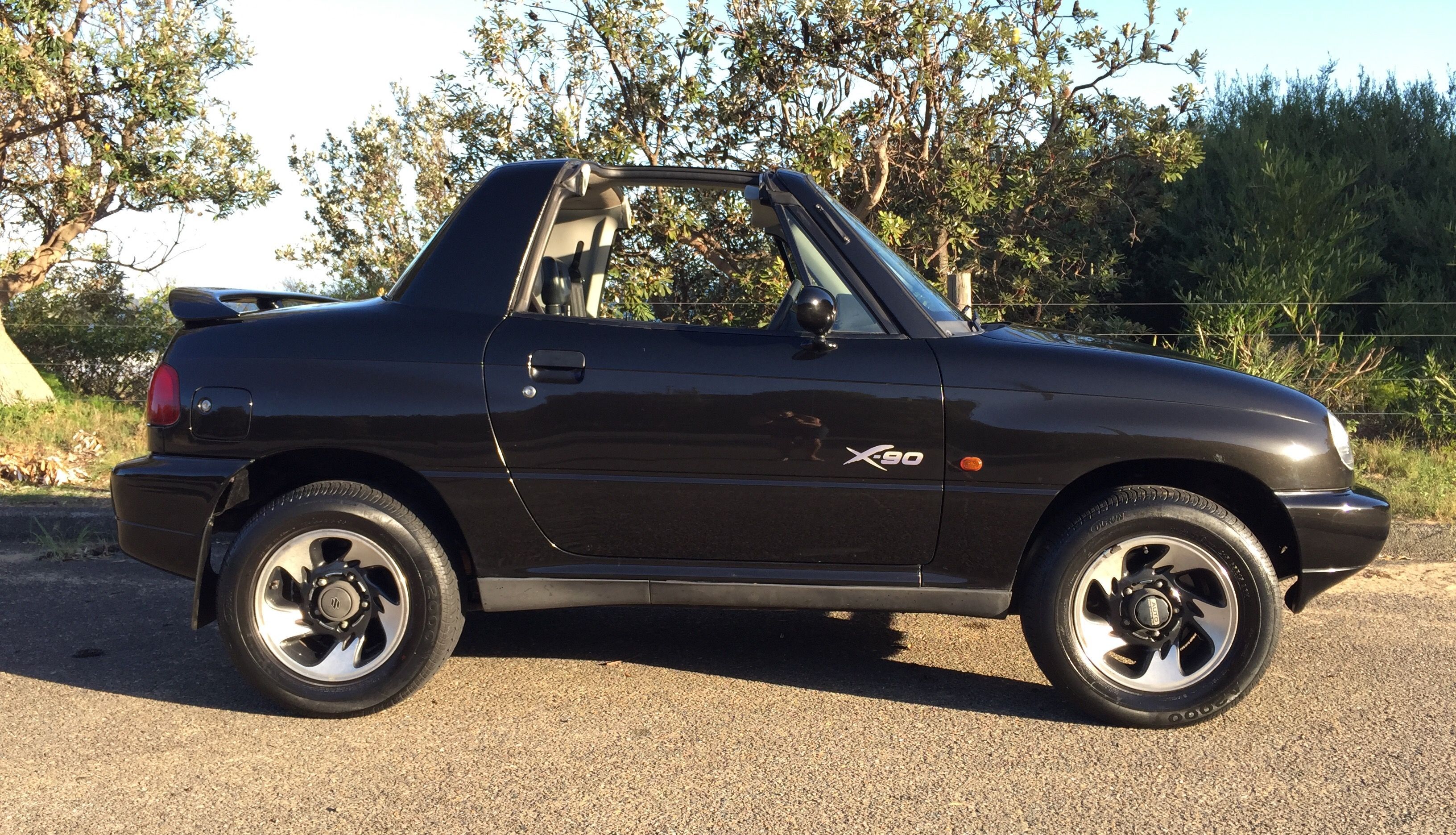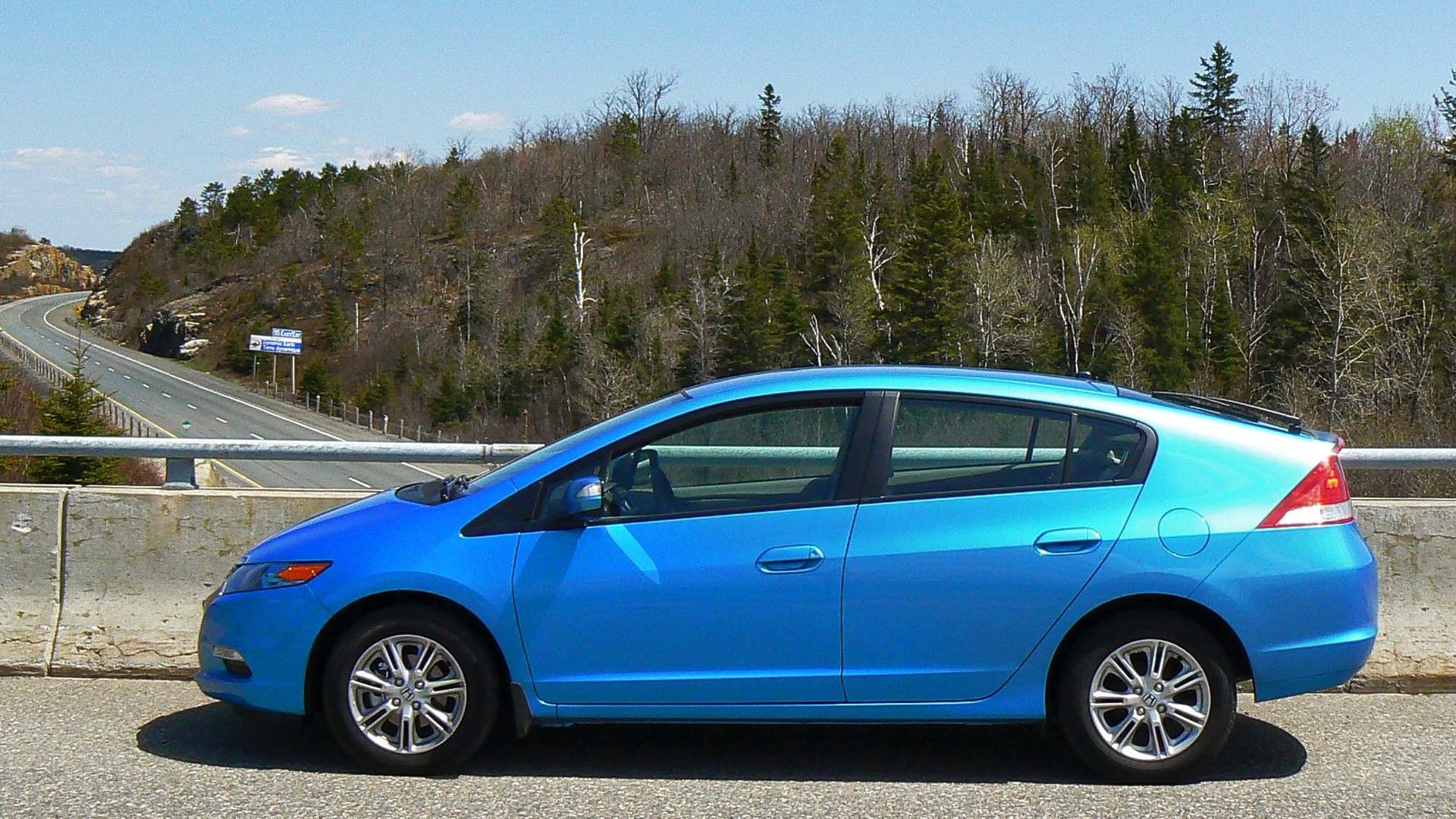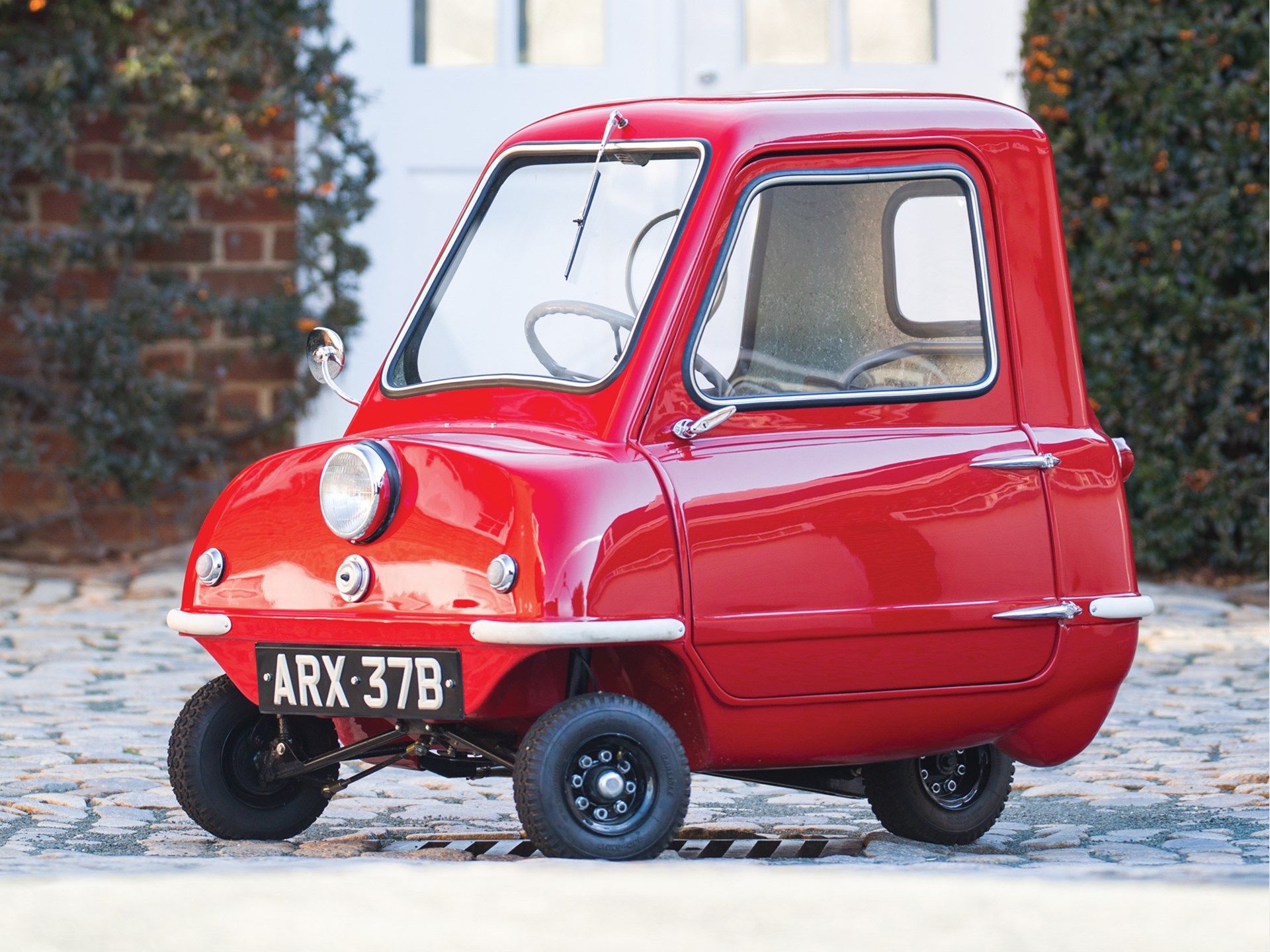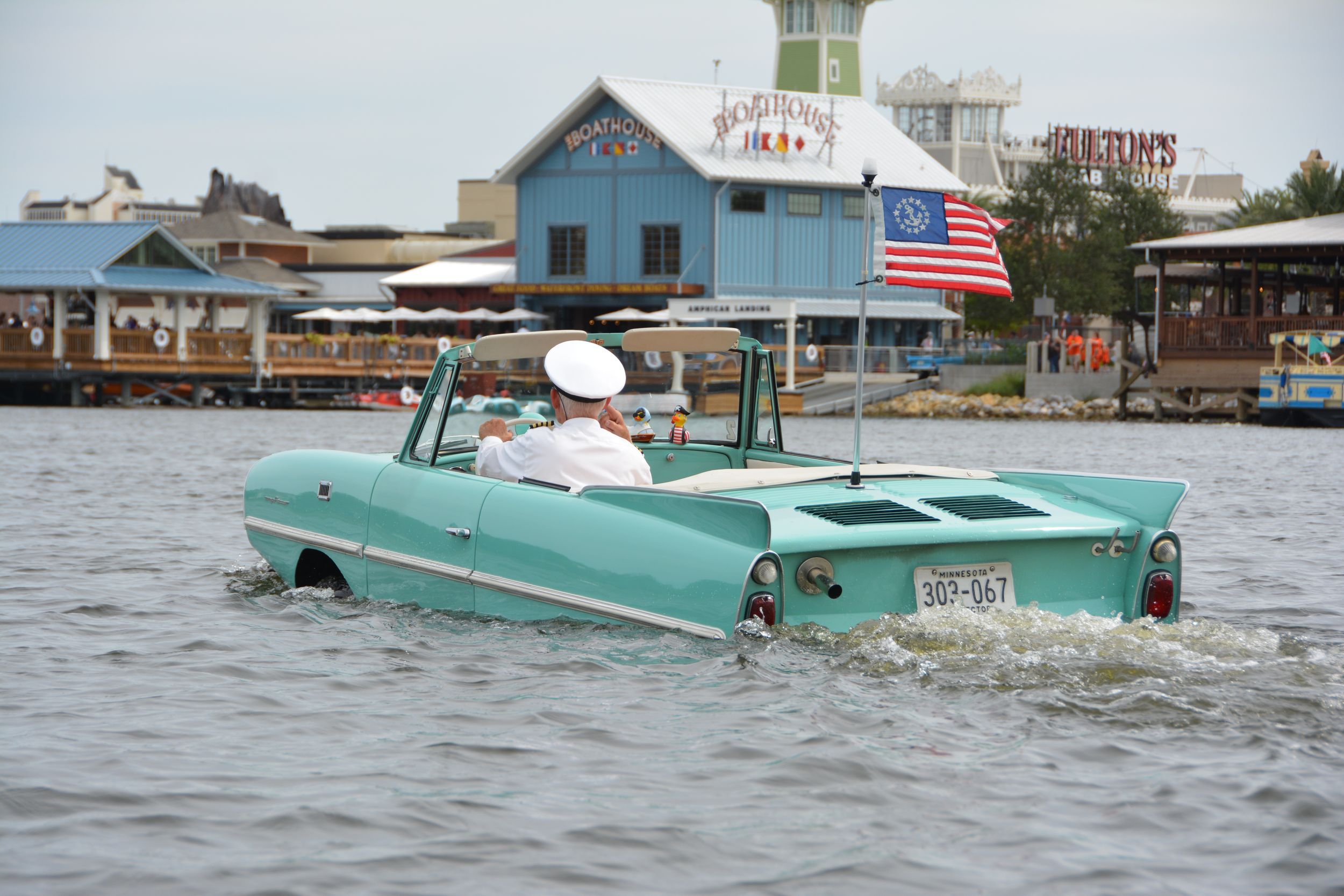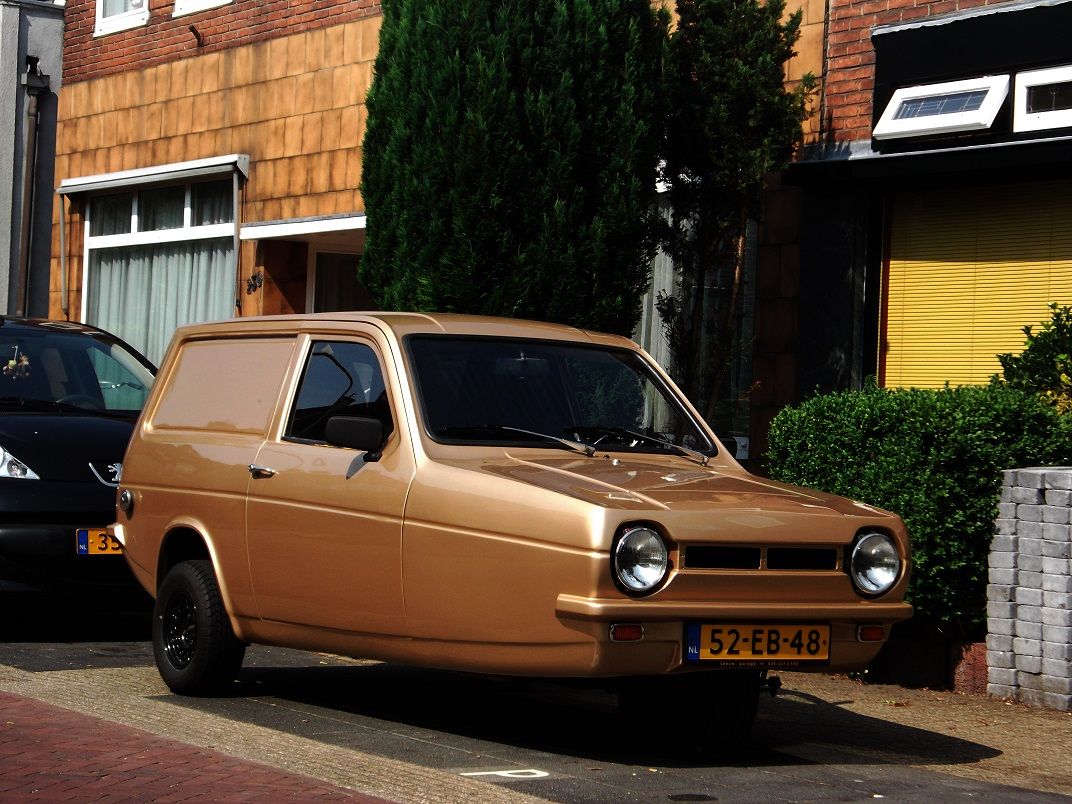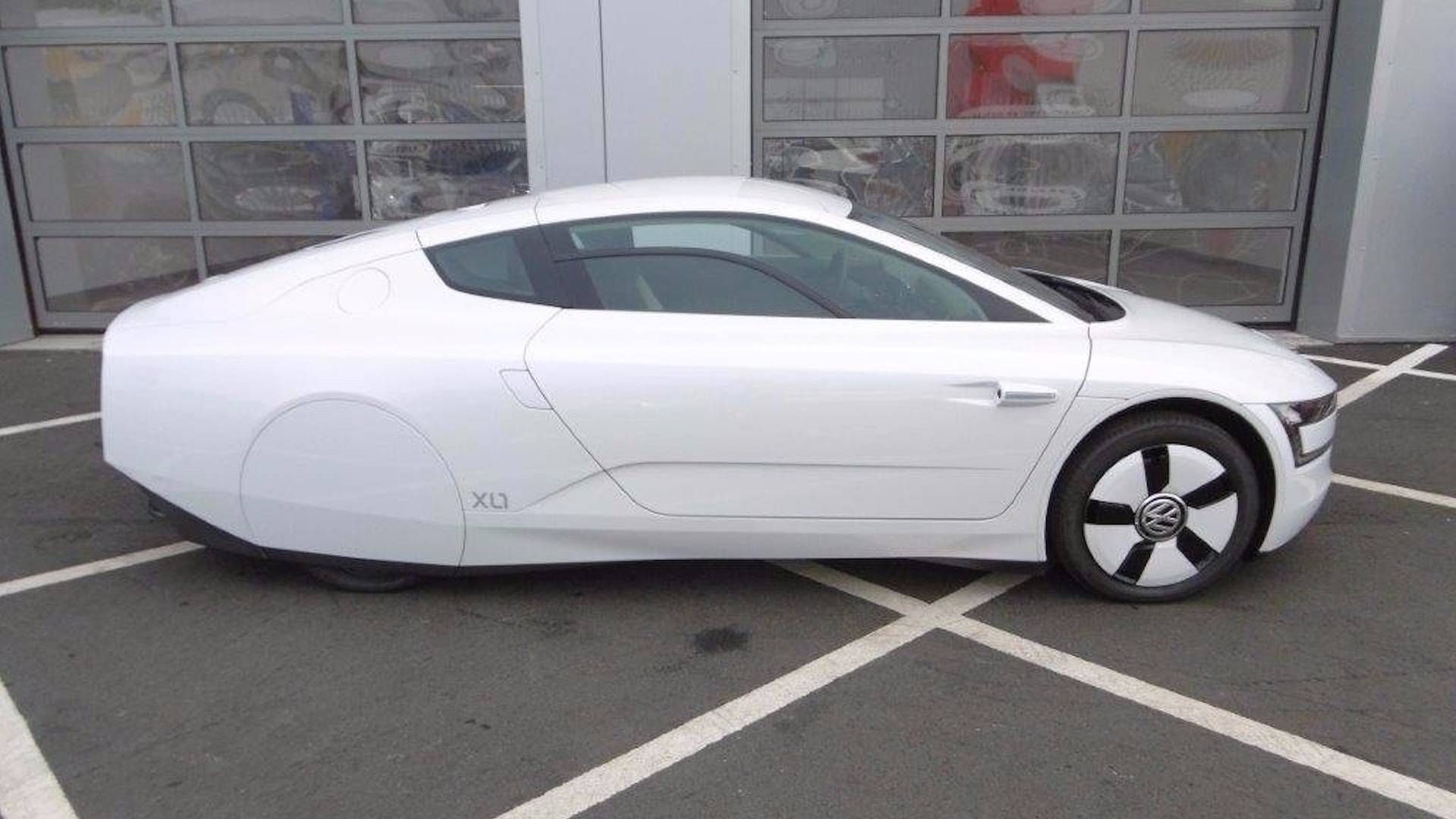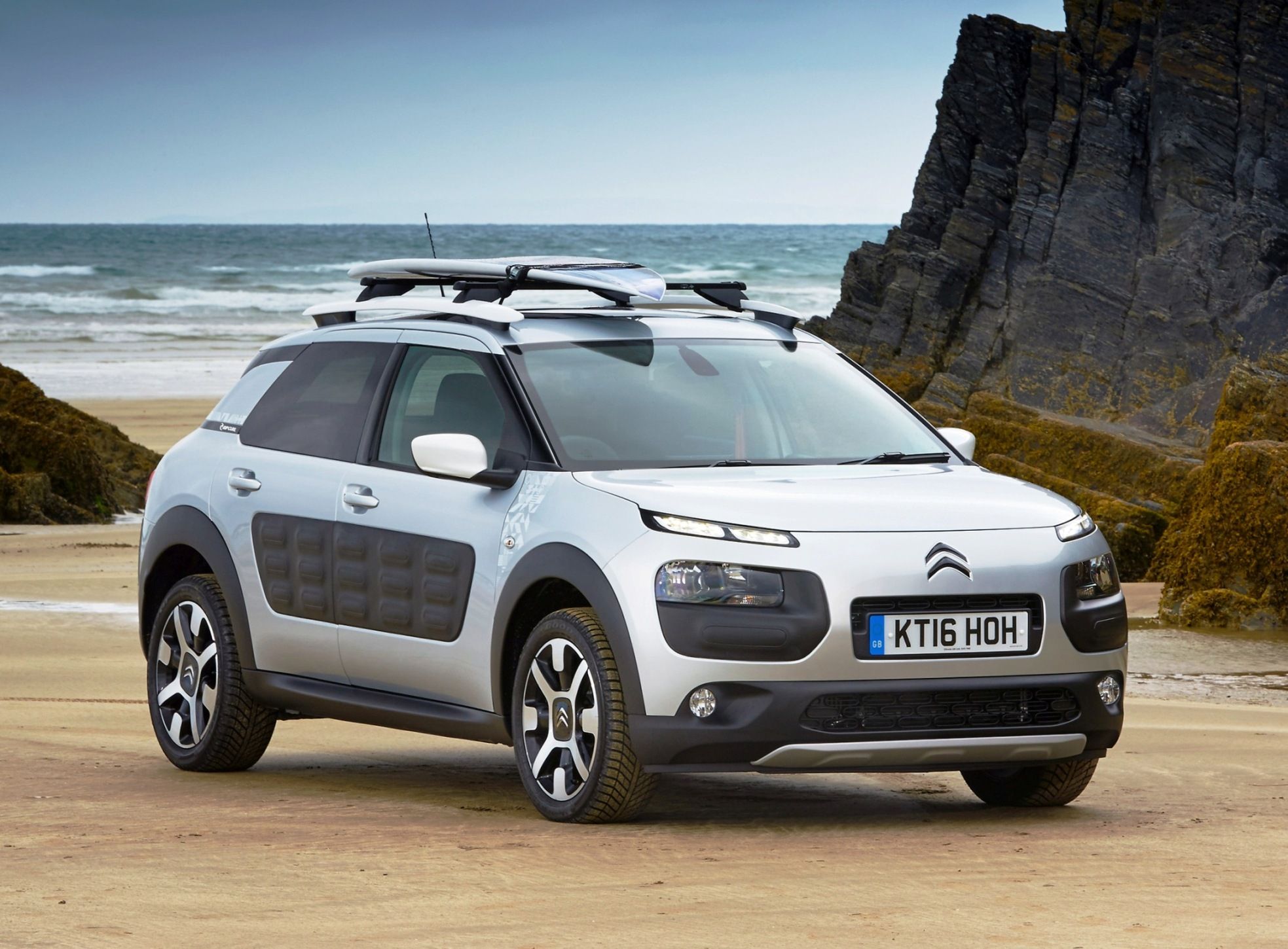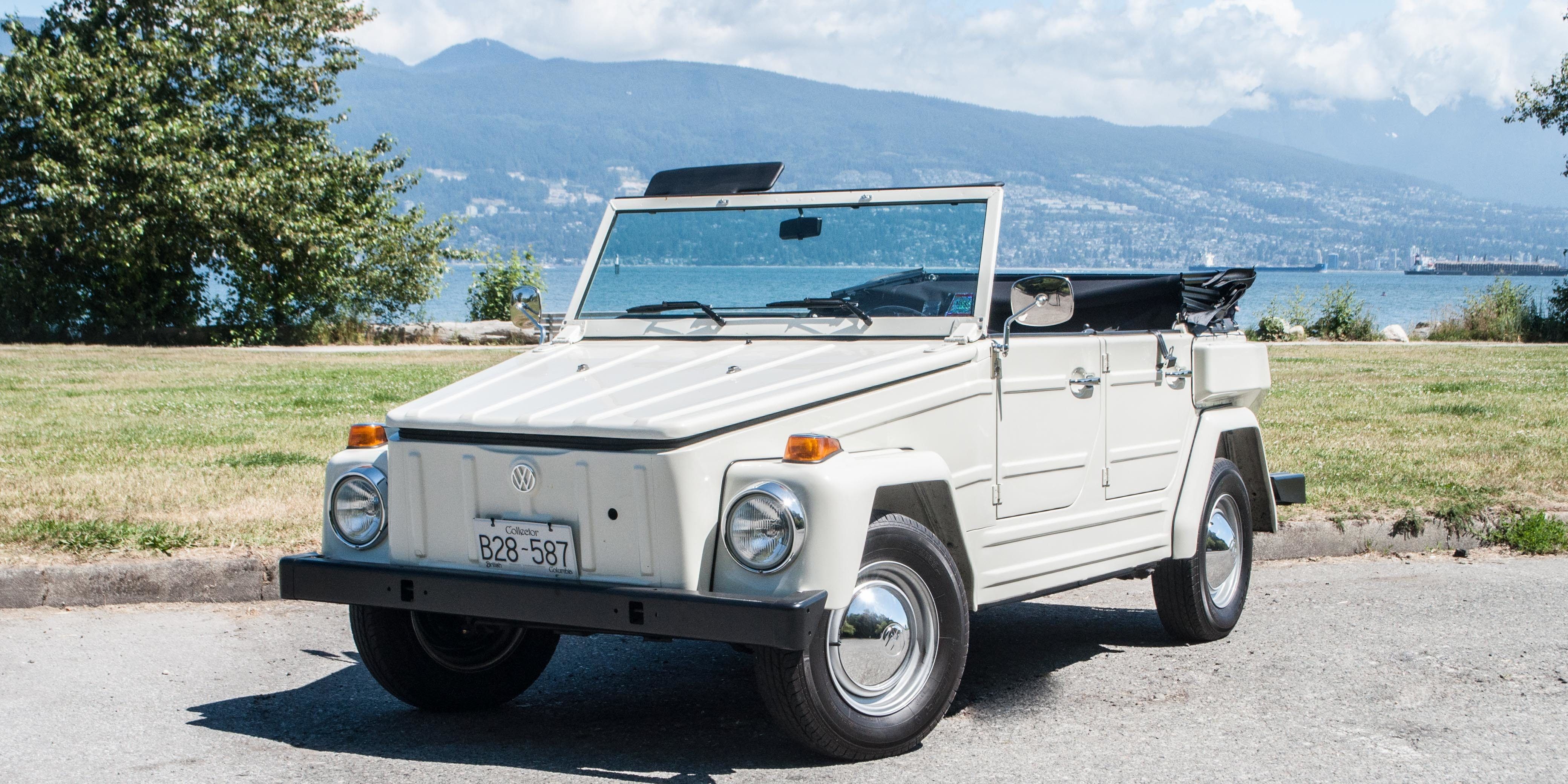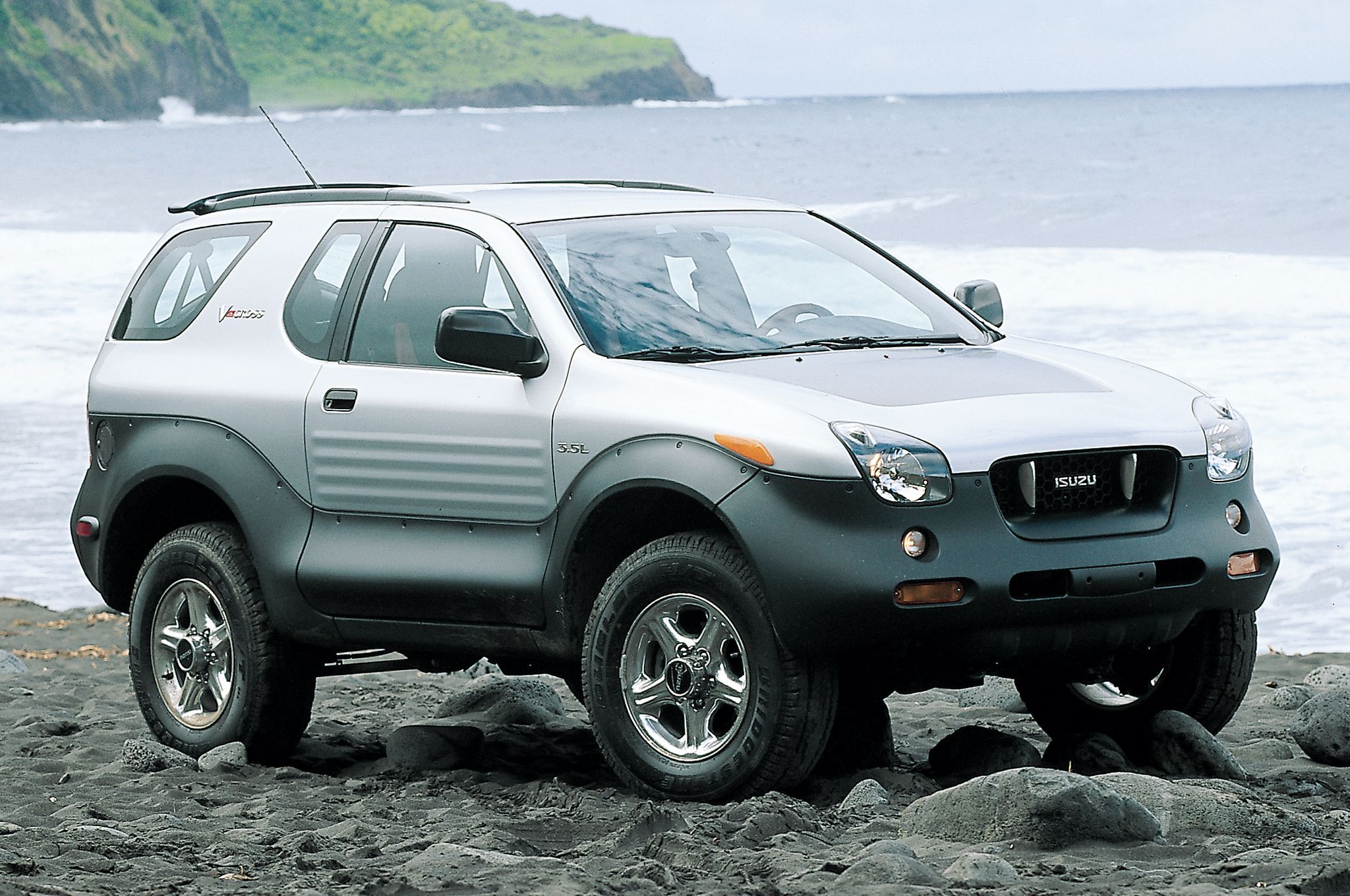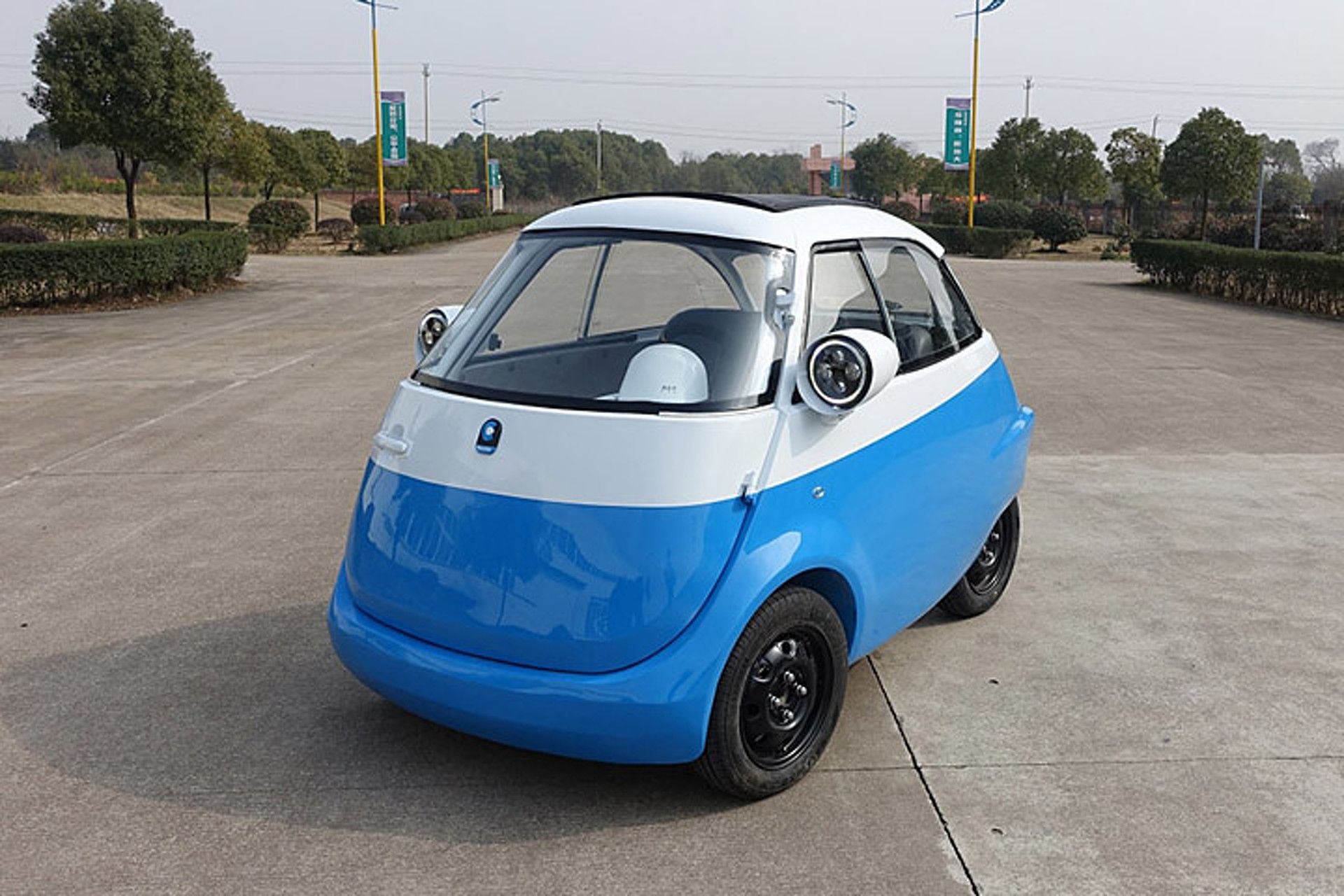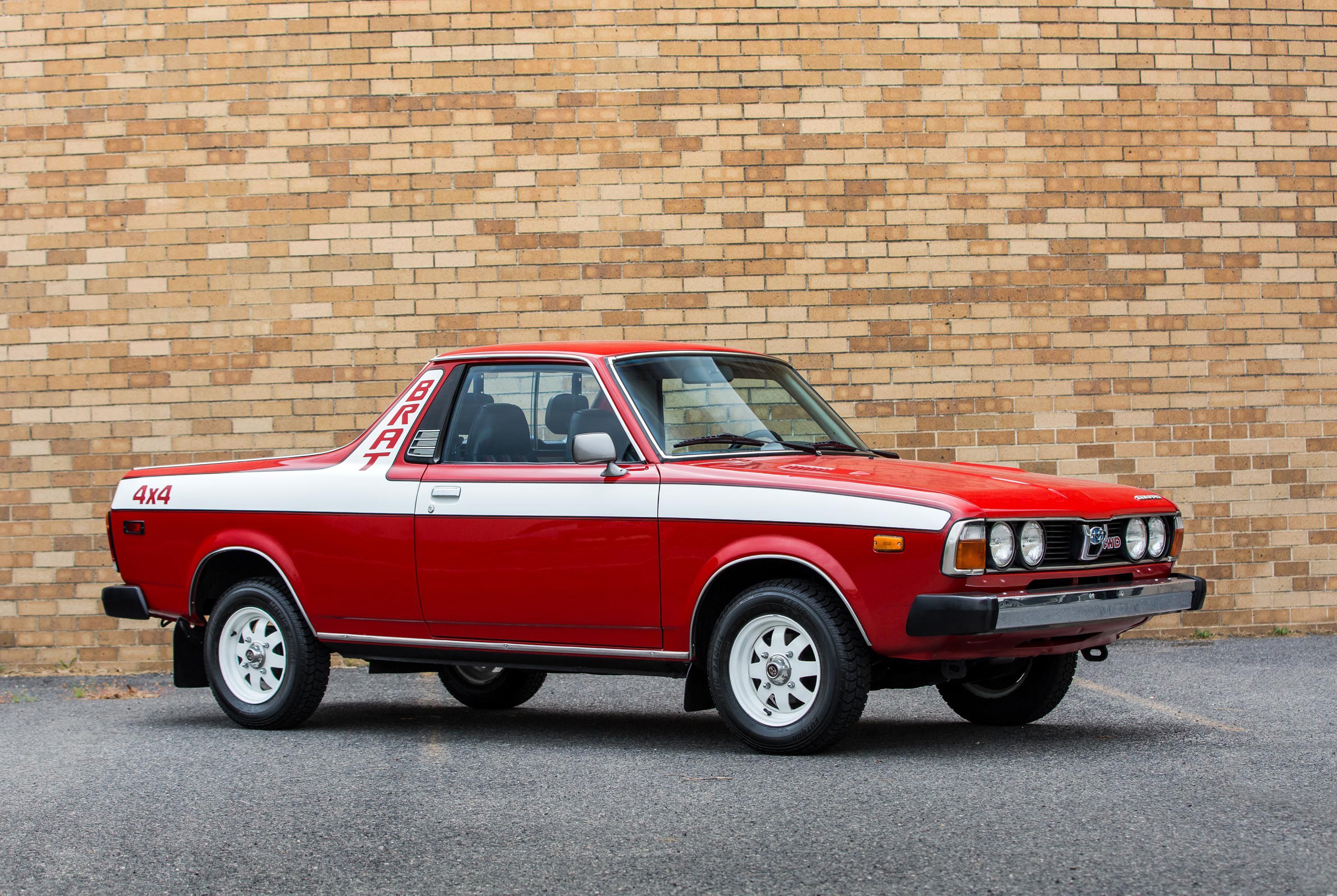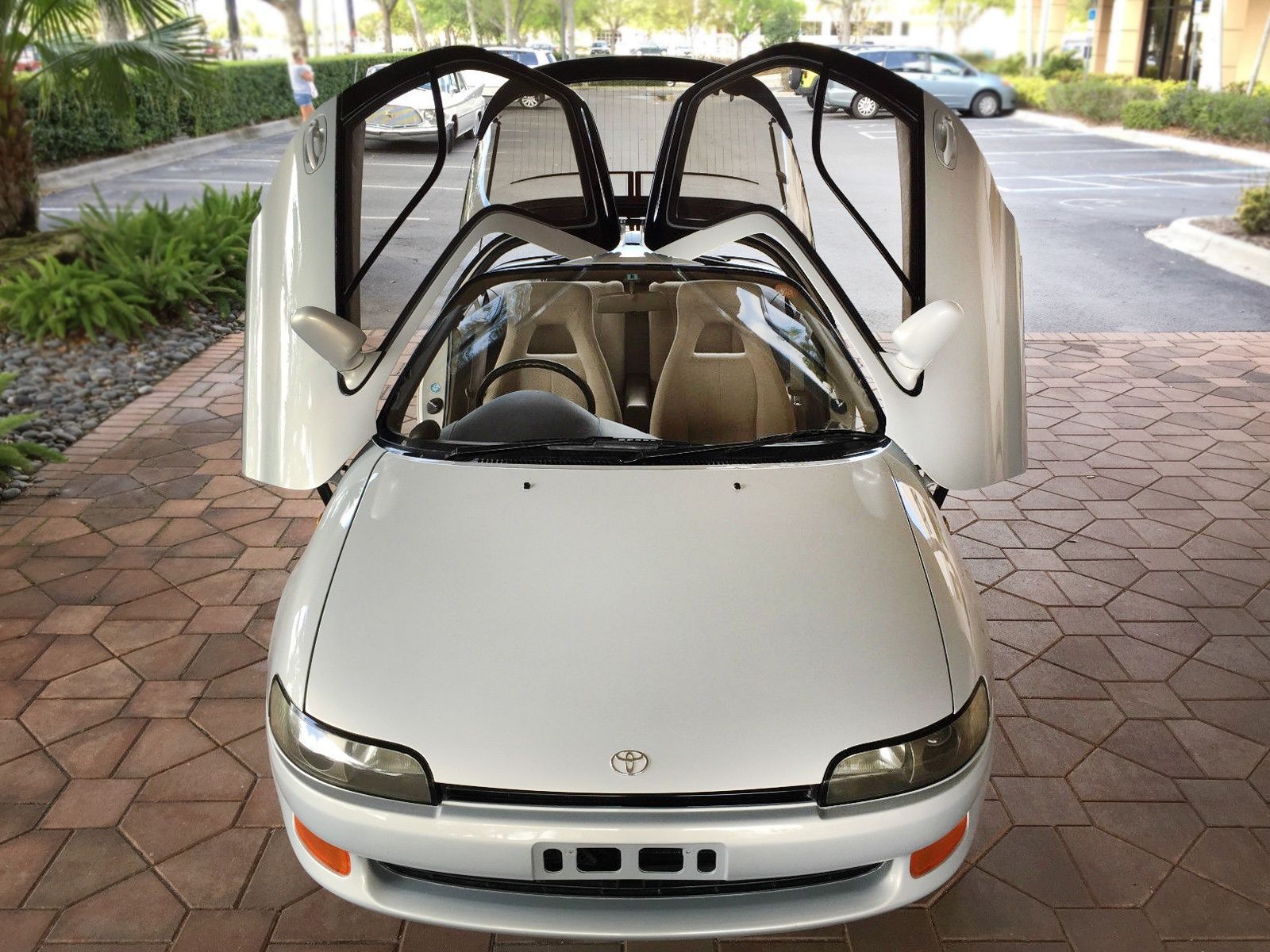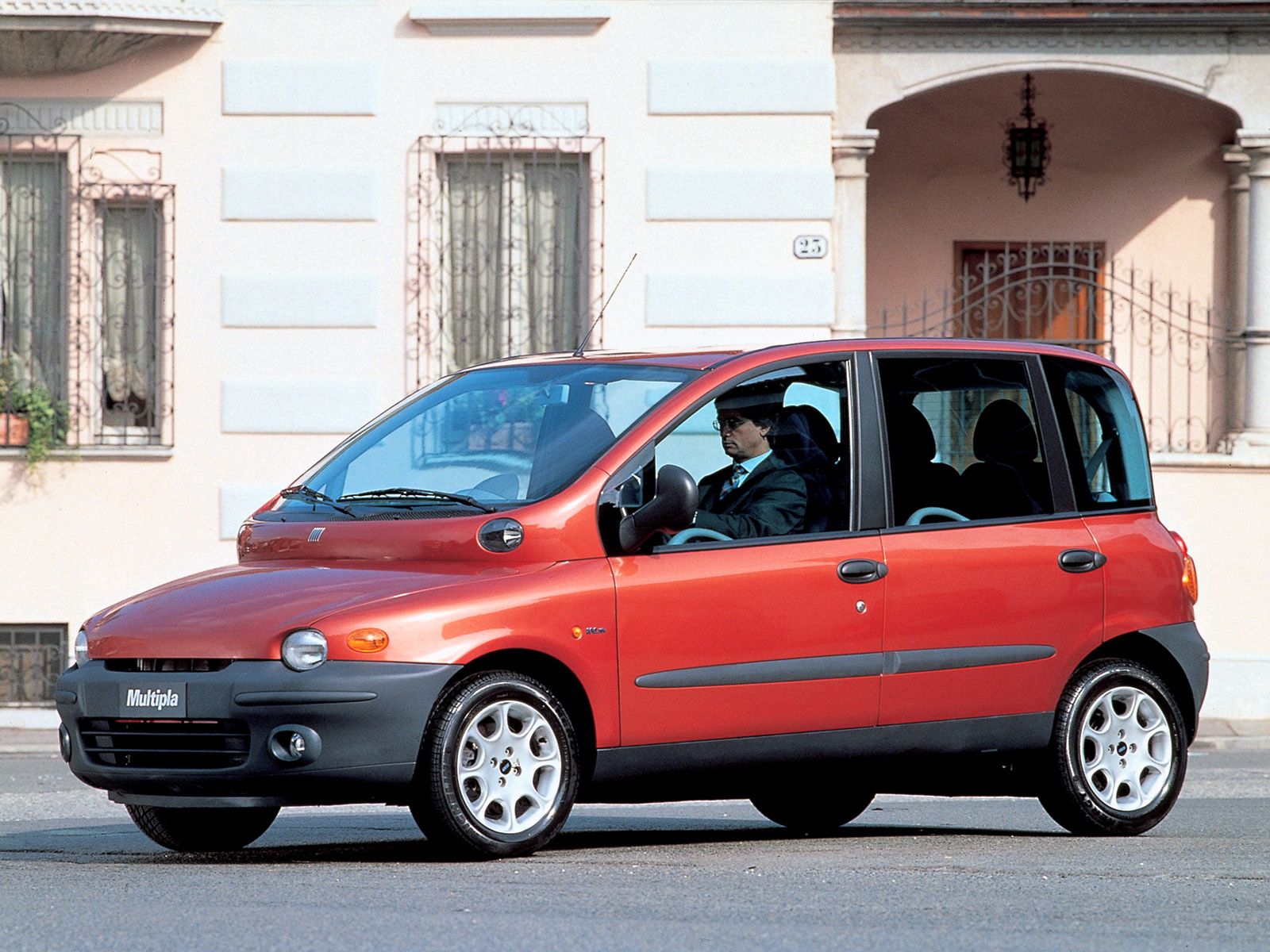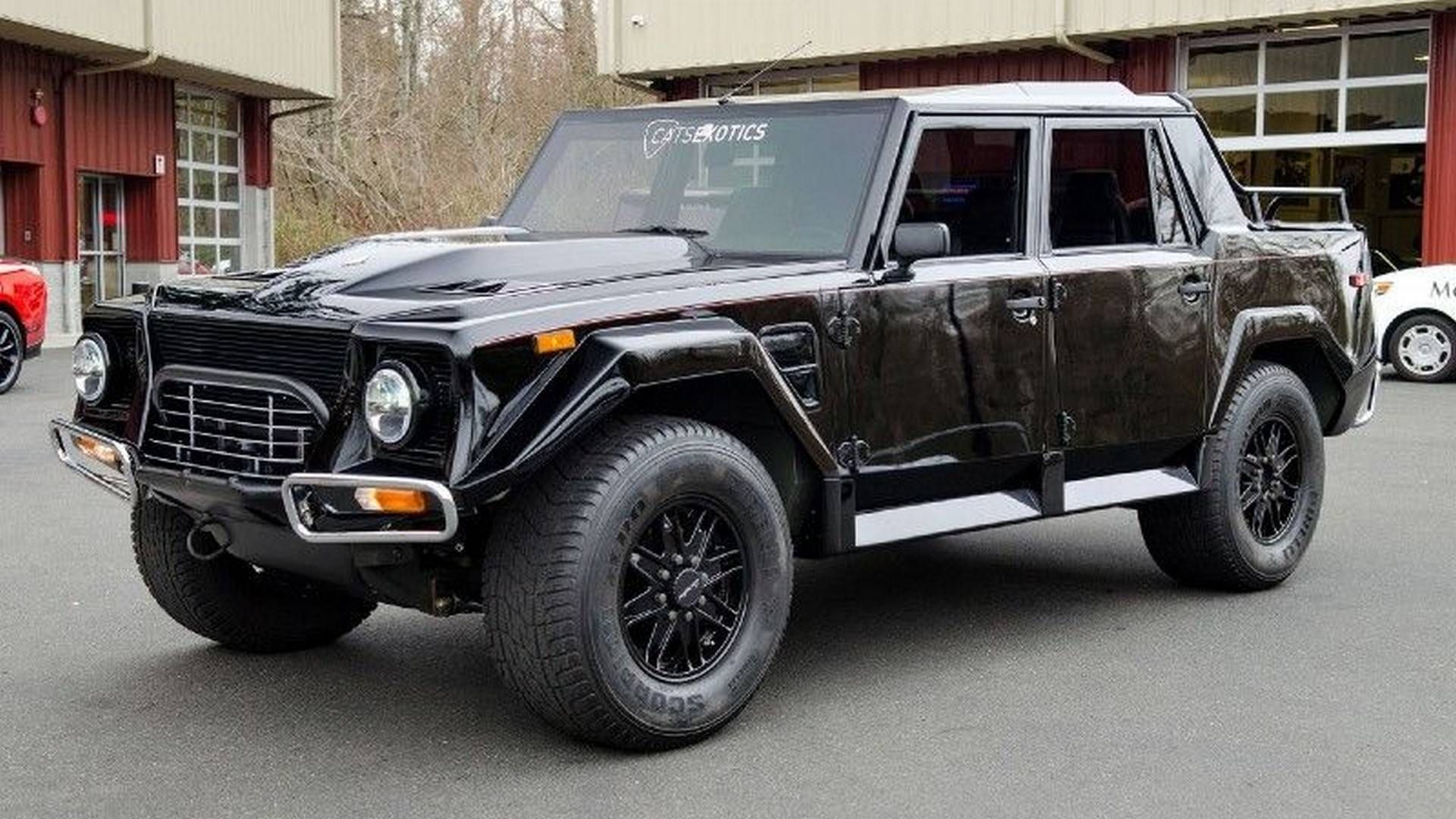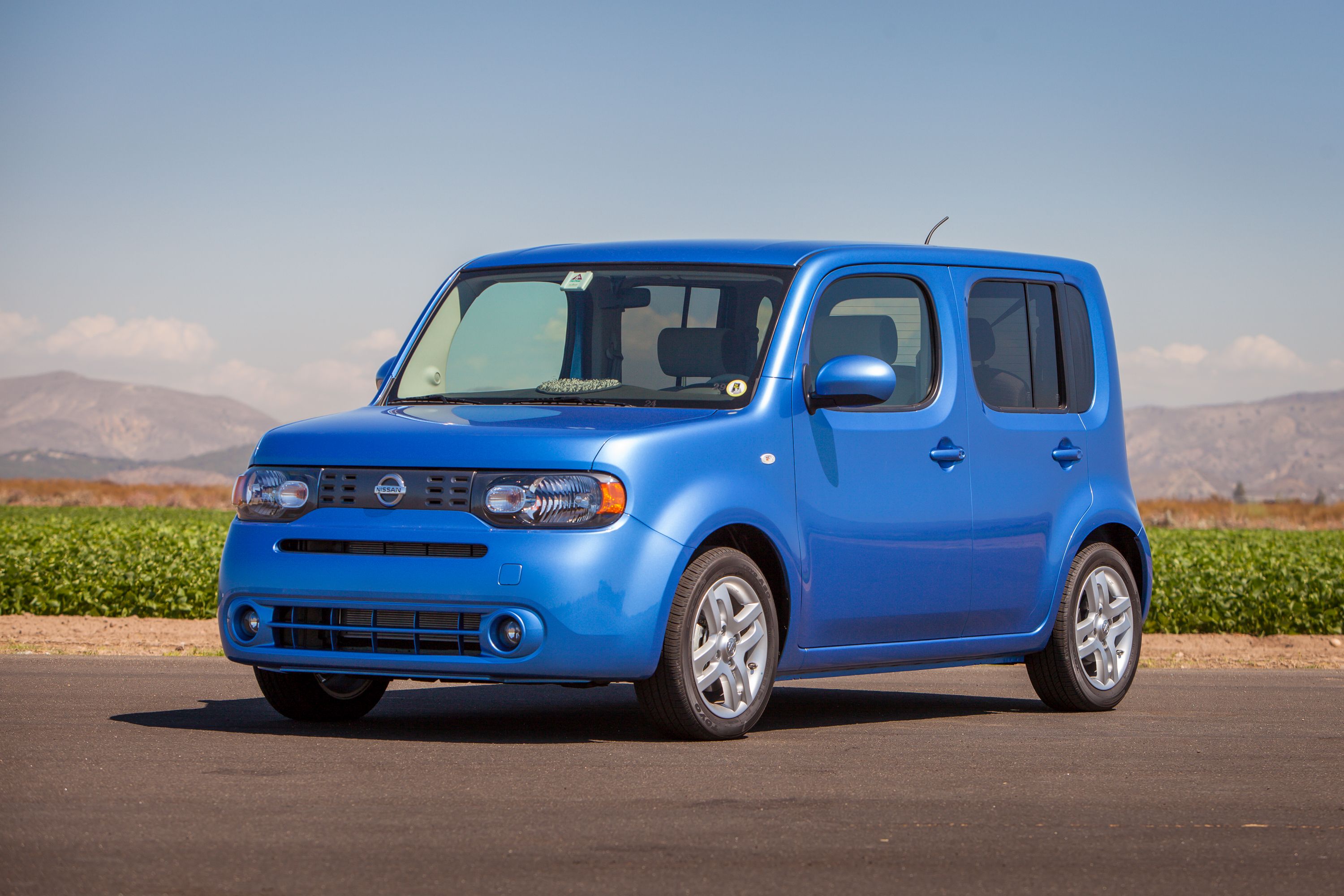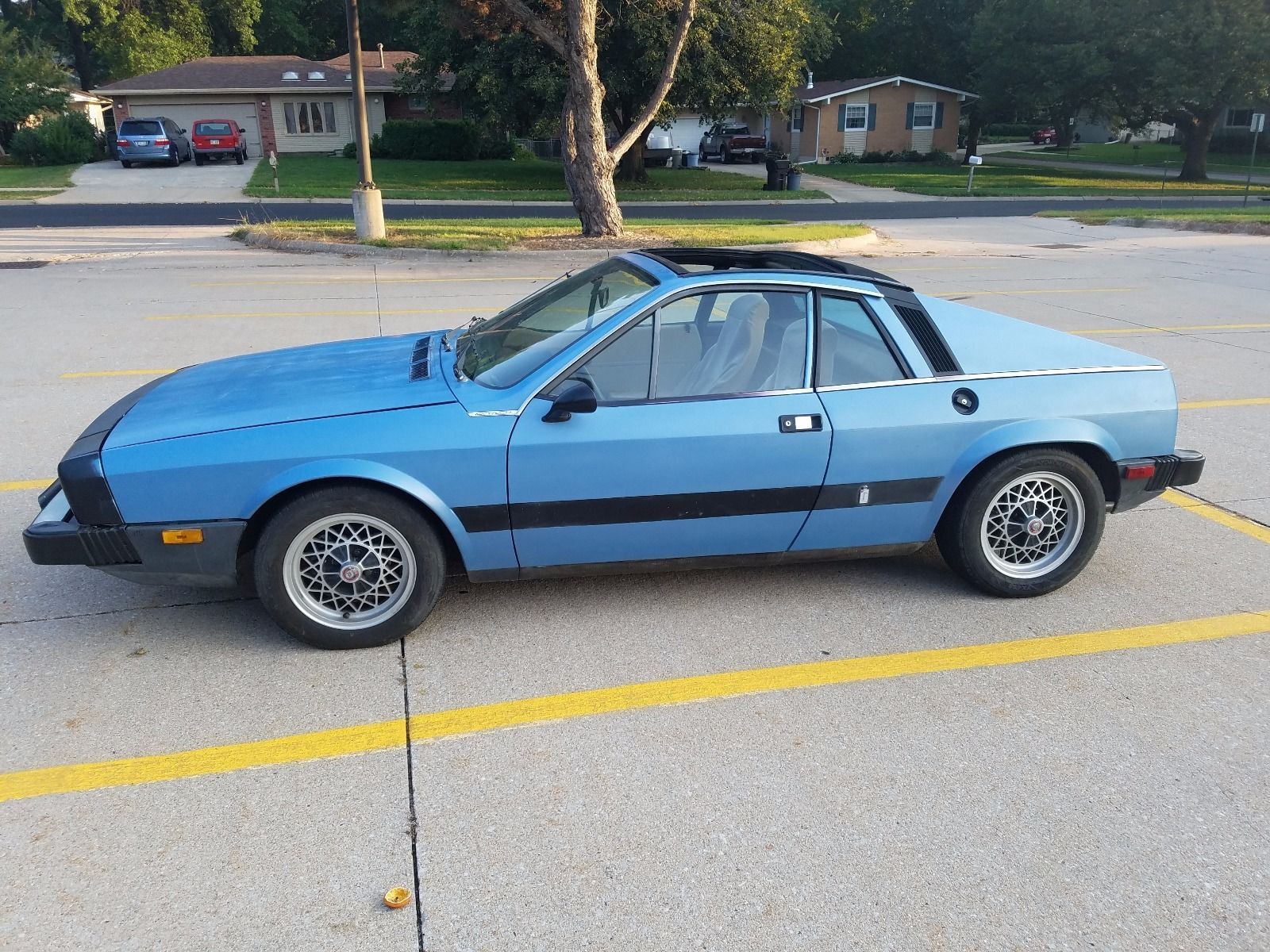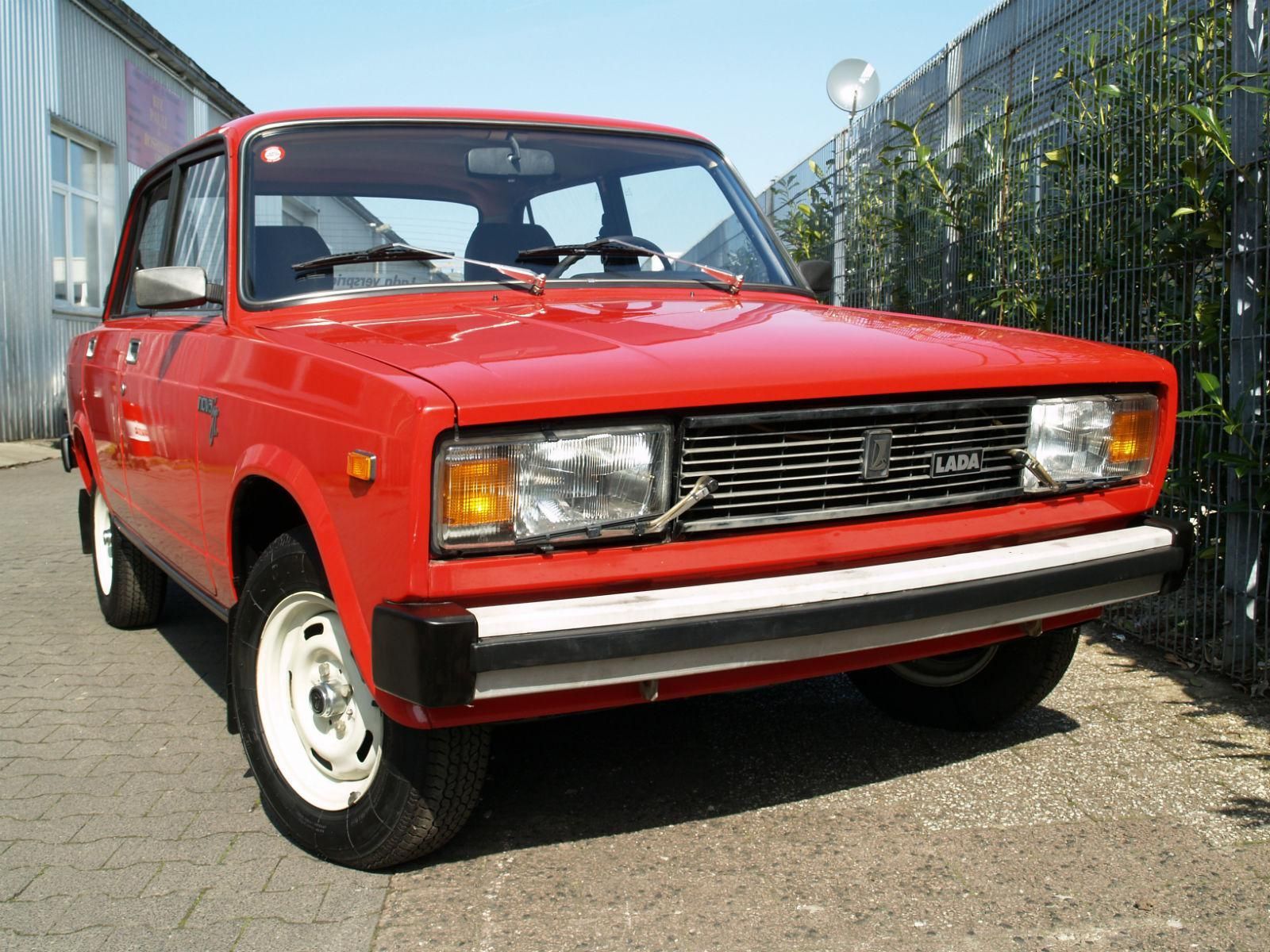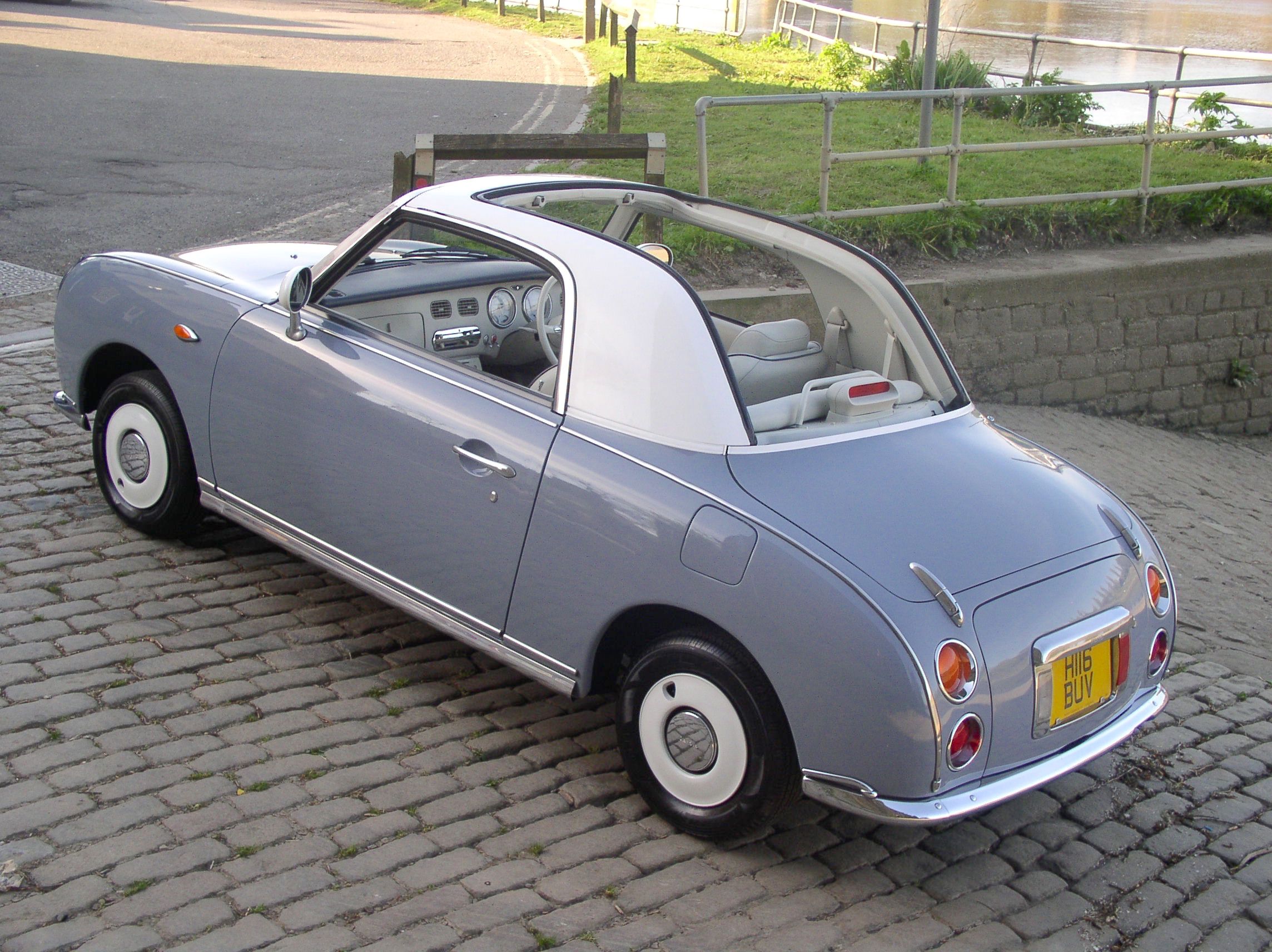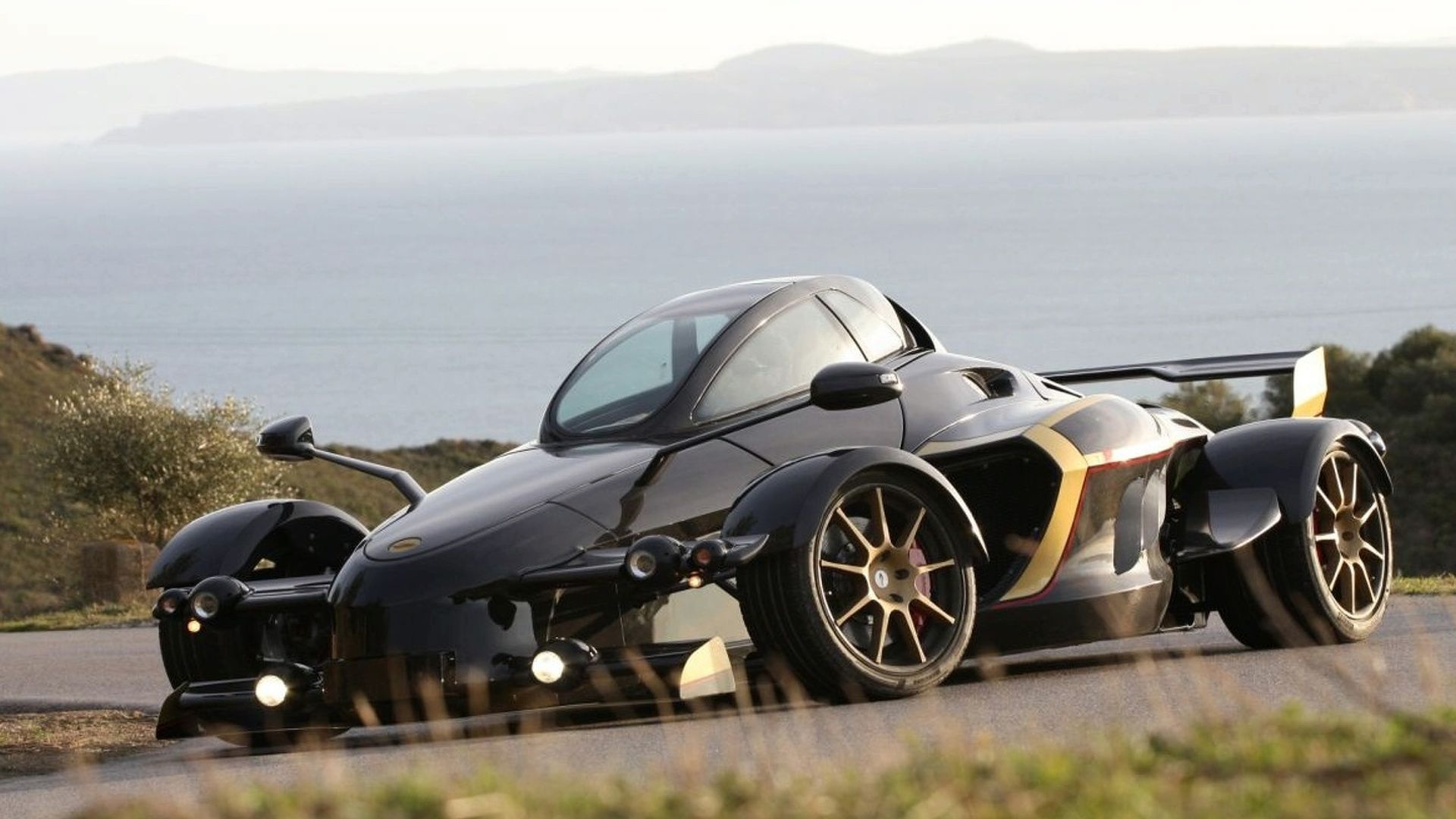Over the decades, there have been several campaigns by the United States’ automotive industry, encouraging the public to buy domestic cars, boosting the sector while securing existing jobs and even creating ones. Of course, campaigns like this tend to be successful because American cars are increasingly well-built, and luxury models by Ford, General Motors and Chrysler are even competing with iconic names in motoring from Europe and Japan.
Let’s not forget, however, that Europe and Japan do not always get it right when it comes to car manufacturing. Even the best-known and best-loved car makers have had a few misses along with their hits. Foreign cars may still be popular with US consumers, but look through automotive history and there have been plenty of cars from abroad that either don’t make sense in the way they are engineered or in the way that they look.
Car manufacturers all around the world now take inspiration from each other – with new auto companies in China flat-out copying existing designs. In previous decades, however, it was much easier to tell which cars came from where with US-built cars usually much bigger than their European counterparts.
Perhaps the next time the home-grown motoring industry decides to launch a “Buy American” campaign, they should use some of the weird and not-so-wonderful foreign cars on the list below as proof that the US is best.
20 Suzuki X90
The peculiar Suzuki X90 was a two-door, two-seater subcompact car sold in Japan and then exported abroad between 1995 and 1997.
Hardly surprising that this unusual creation only ended up in production for two years, given that it was impractical for families and just plain ugly if you were in the market for a cool and sporty two-seater.
In fact, the only success the Suzuki X90 enjoyed was as an advertising tool. In the late 1990s, energy drink manufacturer Red Bull used these odd vehicles to promote their product, placing an over-size can of Red Bull on the vehicle’s trunk.
19 Honda Insight
The old Honda Insight was relaunched in 2009 as a cheaper hybrid alternative to the Toyota Prius. Electric and hybrid cars are becoming increasingly popular, so how did Honda get it so wrong with their second generation Insight?
According to Jeremy Clarkson, of Top Gear fame, the Honda Insight was “the worst car in the world.”
So bad, in fact, that Clarkson even considered crashing the vehicle, just so he wouldn’t have to drive it anymore. Seems that in creating an affordable hybrid, Honda failed to give any consideration to what their new Insight would actually be like to drive.
18 Peel P50
The Peel P50 is another of those cute microcars that had something of a kitsch value in Europe during the 1960s, but which would have looked bizarre beyond belief to American drivers of that generation, who were all behind the wheels of huge road-owning Cadillacs, Fords, and Chryslers. With room for just the driver and their shopping, according to Peel’s own promotional material, this three-wheeler may have been aimed at the hip and happening residents of swinging London, but it was completely impractical if you had a family or even if you wanted to travel more than a few miles.
17 Amphicar
The Amphicar Model 770 may seem like something out of science fiction or the movies, but there were actually almost 4000 of these West German vehicles built and sold between 1960 and 1965.
This quite stylish car was based on the engineering of the much more functional Volkswagen Schwimmwagen, an amphibious army vehicle, but there were plenty of practical issues whether you were using the Amphicar on land or water.
On water, the Amphicar was ridiculously slow, and you could forget simply driving out of the waves and continuing your journey; after water use, there were several points which needed greasing before it could run on dry land.
16 Reliant Robin
The Reliant Robin is another three-wheeler, only with a very different configuration compared to most tri-wheeled cars. The Robin has its two wheels at the back, and its one wheel at the front, making it notoriously and hilariously unstable. Reliant was a British company, and the cars were only ever popular in the UK, where they were built between 1973 and 1981 and then again between 1989 and 2001. The Reliant Robin has a near-mythic status in the UK, thanks to the starring role a bright yellow model plays in the long-running successful BBC sitcom, Only Fools, and Horses.
15 Volkswagen XL1
The Volkswagen XL1 is a futuristic hybrid vehicle. So futuristic, in fact, that it looks as though it would be more at home on the set of a sci-fi movie than the streets of a US city.
First launched at the 2009 Frankfurt Motor Show, a limited run of 250 was produced in 2013 before the XL1 went on sale to the general public in 2014.
The sleek design isn’t going to be to everyone’s taste, particularly the unusual covered rear wheels, and the fact that the XL1 has no mirrors, using instead a system of cameras to keep the driver aware of other road users.
14 Citroen C4 Cactus
The Citroen C4 Cactus has been made by the French automotive giant since 2014. At first glance, this compact SUV looks like most other compact SUVs on the market; and with Citroen engineering under the hood, drivers know they have a reliable vehicle on their hands. However, observers cannot fail to notice that someone on the project has made a rather interesting design choice when it comes to the development of the C4 Cactus; the addition of fiberglass “air bumps” on the side doors. These are designed to prevent damage to your bodywork in the event of minor collisions, but they just end up looking plain weird.
13 Volkswagen Thing
The eye-catching name isn’t the only unusual thing about the Volkswagen Thing! Known as the Volkswagen 181 in its native West Germany, for some reason Volkswagen execs thought that the American public would be more likely to buy a car called the Thing. Even the vehicle itself was more than a little unusual; it was a very basic and functional jeep, originally built for the West German army in the late 1960s and early 1970s before it was launched commercially in the US in 1974. The Thing was not designed for comfort, but they were, and still remain, an iconic piece of motoring history.
12 Isuzu VehiCROSS
Like the Citroen C4 Cactus, the Isuzu VehiCROSS was a capable but unusual SUV. In production for just a few years in the late 1990s, its unorthodox SUV style meant that it was never going to be a big seller.
In fact, just over 4000 Isuzu VehiCROSS vehicles were sold in the US, a market which was supposed to be the main target for a tough and stylish off-roading SUV.
The two-door, two-seater version of the VehiCROSS was an even more unpopular option, with many SUV fans finding this miniaturized version just too bizarre, and far too delicate for taking off-road.
11 BMW Isetta
BMW is an iconic name in motoring, best-known for their luxury high-end cars. Even the great BMW have had a few disasters throughout their hundred-year history. The Isetta was designed in Italy and launched under the BMW name across Germany in 1955 before production ended in 1962. Believe it or not, you can actually fit two people in this car – the driver in front and the passenger in the rear – a set-up which doesn’t leave a great deal of room for luggage! Nevertheless, the BMW Isetta does have a certain style and charm, and over 150,000 models were sold in Germany.
10 Subaru Brat
The Subaru Brat was an early attempt by a Japanese car manufacturer to design a vehicle, especially for the US market. And while they nearly got it right, there was plenty that was very wrong with the Brat – starting with the name! Production of this export-only model began in 1978, and the vehicle went through several incarnations before the final Brat rolled out of the factory in 1994. While Subaru made a decent attempt to beat the Americans at their own game, why would you buy a Japanese small truck when there were so many great vehicles of a similar design being made by American companies at home?
9 Toyota Sera
Lots of people dream of owning a sports car, whereas in reality, they are never going to have the cash to afford that dream Ferrari or Lamborghini. That was – at least in theory – where the Toyota Sera came in.
In production between 1990 and 1995, this sport compact had several features that you would expect to see on much more expensive vehicles, including those eye-catching gull-wing doors.
However, gull-wing doors alone are not enough to make a very middle-of-the-road vehicle into a supercar, and the Toyota Sera’s reputation and sales suffered as a result. The idea of a Toyota supercar is just plain bizarre to most motoring aficionados.
8 Fiat Multipla
Italian car makers Fiat are the kings of small car production. Their tiny Fiat Panda has been an enormously popular vehicle throughout Europe since 1980, but the very peculiar Fiat Multipla shows that even the experts can get things wrong sometimes. The Multipla was a compact MPV, which was in production between 1998 and 2010 in Italy, although production continued until 2013 in Fiat’s Chinese factory. What makes the Multipla weird is that unusual and completely unnecessary appendage at the base of the windscreen, which makes the vehicle look as though it is one car on top and another completely separate car on the bottom.
7 Lamborghini LM002
Now, what on earth is a Lamborghini doing on a list of vehicles that don’t make sense? Surely the name behind some of the most stunning supercars ever created has never put a foot wrong?
Believe it or not, in the 80s and 90s, when off-roading SUVs were all the rage, the Italian motoring icon decided they wanted to get in on the act, and the result was the rather ugly Lamborghini LM002.
Initially designed for military use, Lamborghini decided instead to sell the vehicle commercially, in competition with the Hummer, but only 328 of the vehicles were ever produced and sold.
6 Nissan Cube
The Nissan Cube is one car that does exactly what it says on the tin. This cubist dream is all about straight lines and angles, not the flowing lines that most people prefer of their vehicles. Such a car could hardly be known for its aerodynamics, but it did have its fans, particularly drivers looking for maximum cabin and storage space in a car that is compact enough for city driving. First made for the Japanese domestic market in 1998, the Cube eventually made its way to the North American and European markets in 2009, before worldwide production ended in 2014.
5 Lancia Scorpion
The Lancia Scorpion was only sold in the US for two years, 1976 and 1977, with 1800 vehicles rolling off the production line and making their way onto American city streets.
In its native Europe, the Scorpion had a much more glamorous name – the Lancia Montecarlo - but even that stylish moniker couldn’t make up for the obvious lack of design in the vehicle itself.
The Lancia Scorpion is a car which simply screams the 1970s; great if you’re a collector of cars from that era, but most people will find the boxy hood and trunk very harsh on the eye.
4 Suzuki Samurai
Small jeeps became fashionable in the 1970s, and remain popular among younger drivers especially today. Some of these vehicles make for a great set of wheels; stylish on the city streets, and even capable of handling a little off-roading. The Suzuki Samurai, however, was not one of those jeeps. Known as the Jimny in Japan, where it has remained a best-seller since production started in 1970, this is a very frail jeep, with little to offer in terms of suspension and handling. Worst of all, the two-seater option doesn’t even offer you much storage space; no use at all if you were planning on taking your Samurai off-roading for the weekend.
3 Lada Classic
The Lada cars built by Russian car manufacturer AvtoVAZ were the butt of many jokes in the UK and across Europe in the 1980s and 1990s, both preceding and following the fall of the Iron Curtain.
Initially known as the Lada Riva, this car is now – rather optimistically – known as the Lada Classic, and only went out of production in 2012, more than forty years after the first commercial Lada rolled off the Russian production line.
They were not only ridiculously ugly and uncomfortable cars but were notorious for their frequent breakdowns. However, they sold well thanks to their very low price tag.
2 Nissan Figaro
Take a look at the vehicle in the image above and have a guess what year it is from. The 1950s perhaps? Maybe the 1960s? Actually, the Nissan Figaro is a retro-styled car from the 1990s; an attempt by a Japanese car manufacturer to finally make a proper real American car – even if it is fifty years too late! Built for just one year, in 1990, the car was only ever sold in Japan, and with good reason. Why would American drivers want to buy a cheap Japanese knock-off, when they can pick up the real thing from local sellers?
1 Tramontana R
Drivers with more money than sense often don’t care whether the car they are buying looks good. As long as it packs a punch under the hood, and is an exclusive vehicle with an expensive price tag, style tends to end up low down on their list of priorities. Which goes a long way towards explaining why the odd-looking Tramontana R has become an object of desire for pistonheads around the world, despite looking like an understated Batmobile. The Spanish sports car marries the engineering for Formula One cars and fighter jets and will set you back more than $500,000.
Sources: Topspeed.com, carsuk.net, Volkswagen.co.uk, carthrottle.com,amphicar.com

